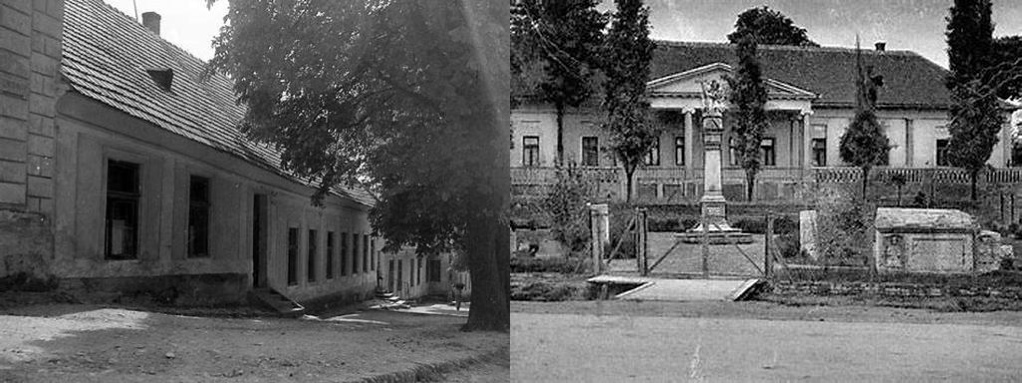
In the gentle embrace of the Abaúj region, nestled within the tranquil village of Zsujta, stands a structure quietly exuding the grace of centuries past—the Schwarz-kúria (Schwarz Mansion). For those who love to leave the main highways and opt for winding, sun-dappled roads flanked by ancient trees, this historic mansion is an unexpectedly rewarding stop, blending faded grandeur with rural authenticity.
The mansion’s history is intimately tied to the Schwarz family, who made their mark here in the late 19th century. At a time when the nobility and ambitious bourgeoisie were leaving their architectural signatures across Hungary, the Schwarz family commissioned this stately home as both a residence and a reminder of their entwined fortunes with the land. The structure reflects the rural interpretation of classical Revival styles—it’s not flamboyant, but there is something deeply satisfying about the way its broad, symmetrical facade sits atop a slight rise, protected by groves of mature trees. The symmetry, the understated stucco details, and the gentle arc of its window frames give it a modest kind of nobility, echoing a period when elegance didn’t have to shout to be recognized.
Walking through the gate, you’re greeted by a quiet courtyard where time seems to pool lazily in the late afternoon light. Locals will tell you that in its heyday, the Schwarz Mansion was a hub for the entire area. This was more than just a place for dignified living; it was also a rural estate that provided employment and set the social rhythm of Zsujta. You can almost feel traces of the past in the mossy stones underfoot—perhaps the faint echo of horse hooves, the bustle of markets, or the melodies from a long-forgotten piano wafting from within. Strolling through the gardens, you’ll spot old chestnut and maple trees whose roots have spread languidly through the soil for over a hundred years, silently witnessing the changes in ownership, the tumult of wars, and the private joys and sorrows of its inhabitants.
Inside, the structure still whispers of its original purpose, even though it’s no longer a bustling family seat. The floor tiles, with their worn patterns, suggest the paths that generations of feet once traced, from the grand salon to the intimate sitting rooms. Some rooms have been lovingly restored, their high ceilings and pastel walls kept simple, letting the light do most of the decorating. Elsewhere, gentle neglect has allowed sunbeams to graze surfaces textured by time, hinting at lives lived fully, yet not ostentatiously. Each crack in the plaster is like a line in a diary, waiting for quiet-minded visitors to reflect on what stories might have unfolded there across seasons of harvest and hardship.
What truly sets the Schwarz-kúria apart isn’t just its architecture or even its history, but its location and atmosphere. Surrounded by verdant fields and the gentle undulations of the Cserehát hills, it belongs to another pace of life—one you feel as soon as the silence settles around you. Unlike grander, more meticulously preserved castles and mansions, the Schwarz Mansion invites you to imagine, rather than simply observe. There’s space here for your curiosity. You’re just as likely to encounter a flock of sheep crossing the lane outside as you are to meet a local historian happy to recount old tales, infusing the stones and timber with stories beyond what any plaque can capture.
If you’re the sort of person who enjoys wandering through atmospheric places rich in texture and subtle meaning, this mansion provides a perfect opportunity. Bring a notebook, or simply sit on the wide front steps and watch the way the changing light turns the simple walls golden by dusk. Museum pieces and velvet ropes are absent here; instead, you’ll find authenticity, and perhaps, a sense of peace that can only come from walking the same paths as people who believed deeply in the slow, steady work of building a home—one that continues, in its quiet way, to shape the story of Zsujta.
A visit to the Schwarz-kúria is not about checking off “must-sees,” but about allowing a little piece of rural Hungary to seep into your sense of place. Spend an hour or an afternoon; wander, linger, listen. The mansion is an invitation to step outside the relentless rush, to listen to wind in old trees and imagine what life has meant here for those who came before you. In an age of quick experiences, such lingering holds a quiet, restorative kind of magic.





